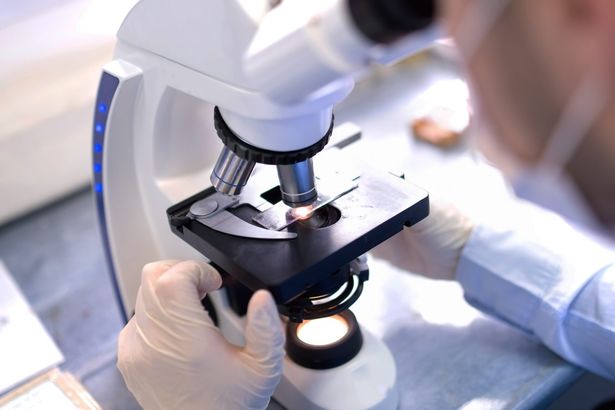
Suspect Cheating? How an Infidelity DNA Test Can Help
Cheating is a heartbreaking issue that affects many relationships. Trust, once broken, can be hard to regain. But what if you could get concrete evidence of infidelity? That’s where the Infidelity DNA test comes into the equation. It is a groundbreaking solution that provides definitive answers when it comes to suspected cheating. In this blog post, we’ll explore how an Infidelity DNA Test can help you uncover the truth and move forward with confidence in your relationship. So buckle up and let’s dive in!
What is infidelity DNA testing?
An infidelity DNA test can help you determine whether or not your partner has been cheating on you. This type of testing can be done through a variety of methods. Infidelity DNA testing can be an extremely accurate way to find out if your partner has been unfaithful, and it can also provide you with some peace of mind if you suspect that they have been cheating on you.
How does Infidelity DNA testing work?
If you’re suspicious that your partner may be cheating, an infidelity DNA test can give you some answers. Here’s how it works: A sample of your partner’s DNA is collected – this can be done through a simple cheek swab. The sample is then sent to a lab for analysis. The lab looks for specific markers in the DNA that are associated with infidelity. This means the test helps identify the presence of foreign DNA in the sample collected. The sample collected can be either a cheek swab, toothbrush, piece of clothing or bedding. If the test fails to detect the presence of a foreign DNA then you can be assured about your partner’s loyalty. That means, if these markers are present, it’s an indication that your partner has been unfaithful. It’s important to note that infidelity DNA tests are not perfect – there is always a margin of error. However, they can give you some peace of mind if you’re suspecting cheating.
Types of Infidelity DNA tests

-
Semen detection test
If you have reason to believe your partner is cheating on you, a semen detection test can be a helpful way to confirm your suspicions. This test involves taking a sample of your partner’s DNA and testing it for the presence of semen. If the test comes back positive, it means that your partner has recently had sexual intercourse with someone else.
While this may not be the most pleasant way to find out that your partner is cheating, it can give you the closure you need to move on. It can also help you decide whether or not to confront your partner about their infidelity.
-
Infidelity DNA test
If you’ve been suspecting that your partner may be cheating on you, an infidelity DNA test can help confirm or put your suspicions to rest. This type of testing involves collecting a sample of your partner’s DNA and comparing it to a reference sample to see if there are any differences. If there are significant differences between the two samples, it’s likely that your partner has been unfaithful.
There are a few different ways to collect a DNA sample from your partner. The most common is to swab the inside of their cheek with a cotton swab. This can be done discreetly while they’re sleeping or when they’re not expecting it. You can also collect DNA from hair follicles or saliva. Once you have a sample, you’ll need to send it off to a lab for analysis.
-
DNA detection test
If you’re suspecting that your partner is cheating on you, then a DNA detection test may be able to help. This type of test can detect traces of DNA that may be left behind from sexual activity. There are a few different ways that a DNA detection test can be performed. One common method is to swab the inside of the cheek or other body cavities of the person being tested. Another method is to collect hair samples.
Source of DNA for Infidelity DNA testing
This type of test looks at the DNA from a sample of body fluid or tissue (such as saliva, sweat, or hair) left behind by the cheating spouse. It can then be compared to the DNA of the other spouse. If they match, then it is likely that the cheating spouse left behind the sample. There can be a secondary source of DNA collection like a cigarette butt, toothbrush, dental floss, piece of clothing, bedsheet, etc.
Conclusion
An infidelity DNA test can be a valuable tool for those who suspect that their partner has been unfaithful. While it is not always possible to definitively prove cheating, the right testing procedure can provide enough evidence to make an informed decision about whether or not a relationship needs to end. If you are considering getting an infidelity DNA test done, make sure you do your research and understand the implications of such tests before making any decisions.









